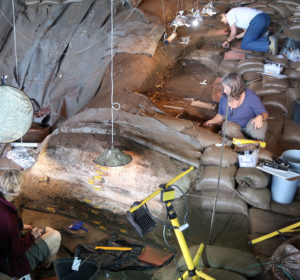
Science, AAAS—The Stone Age inhabitants of southern Africa used a mixture of grasses and ash to create comfortable, pest-free bedding at least 200,000 years ago, according to a new study. The findings represent the earliest known human use of grass bedding – exceeding previous evidence for the behavior by more than 100,000 years. Because plant material is so poorly preserved in the archaeological record, evidence for the early use of plants outside of being a source of food is rare and often difficult to interpret. Until now, the oldest-known use of plant bedding by Stone Age humans dated to around 77,000 years ago, where layered sedge interspersed with medicinal plants and the ashes of previous bedding was used to cover the living spaces of rockshelter habitations. Lyn Wadley and colleagues, however, describe new archaeological findings from the Border Cave site in the KwaZulu region of South Africa, that indicates that these practices likely began far earlier. The Border Cave site contains a well-preserved record of intermittent human occupation spanning nearly 230,000 years. Using a range of microscopic and spectroscopic techniques, Wadley et al. identified the ephemeral micromorphological traces of the ancient grass bedding within thin slices of the cave’s complex stratigraphy. According to the findings, the Stone Age inhabitants of Border Cave used sheaves of leaved grass to create bedding atop layers of ash, which may have been used to deter ticks and other biting insects from infesting these living spaces. Relatedly, in the oldest bedding, remains of camphor-bush – an aromatic plant that is still used in East African bedding to repel insects – were identified. Wadley et al. argue that the findings suggest an early potential for the cognitive, behavioral and social complexity that become more apparent in the archaeological record beginning 100,000 years ago.
______________________________
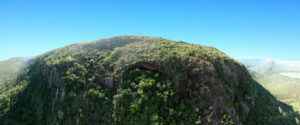
Border Cave in the Lebombo Mountains. Panorama from drone images. A. Kruger
______________________________
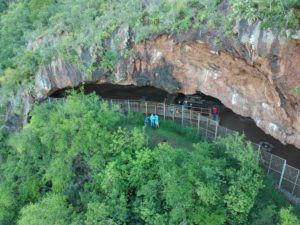
Border Cave in the Lebombo Mountains. Drone image. A. Kruger
______________________________
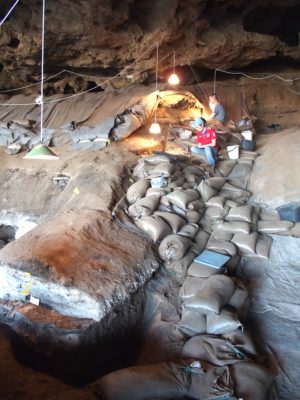
Border Cave excavations. D. Stratford
______________________________
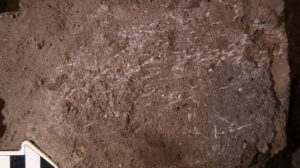
Field photograph of Border Cave 200,000-year-old fossilized grass fragments. L. Wadley
______________________________
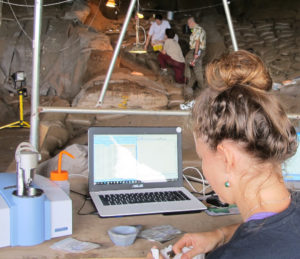
Border Cave on site chemical analysis of ash, using ATR-FTIR (Fourier Transform Infrared
Spectroscopy). L. Wadley
______________________________
Article Source: Science news release
This research appears in the 14 August 2020 issue of Science. Science is published by AAAS, the nonprofit science society.
Cover Image, Top Left: Border Cave excavations. F. d’Errico
______________________________
Advertisement





